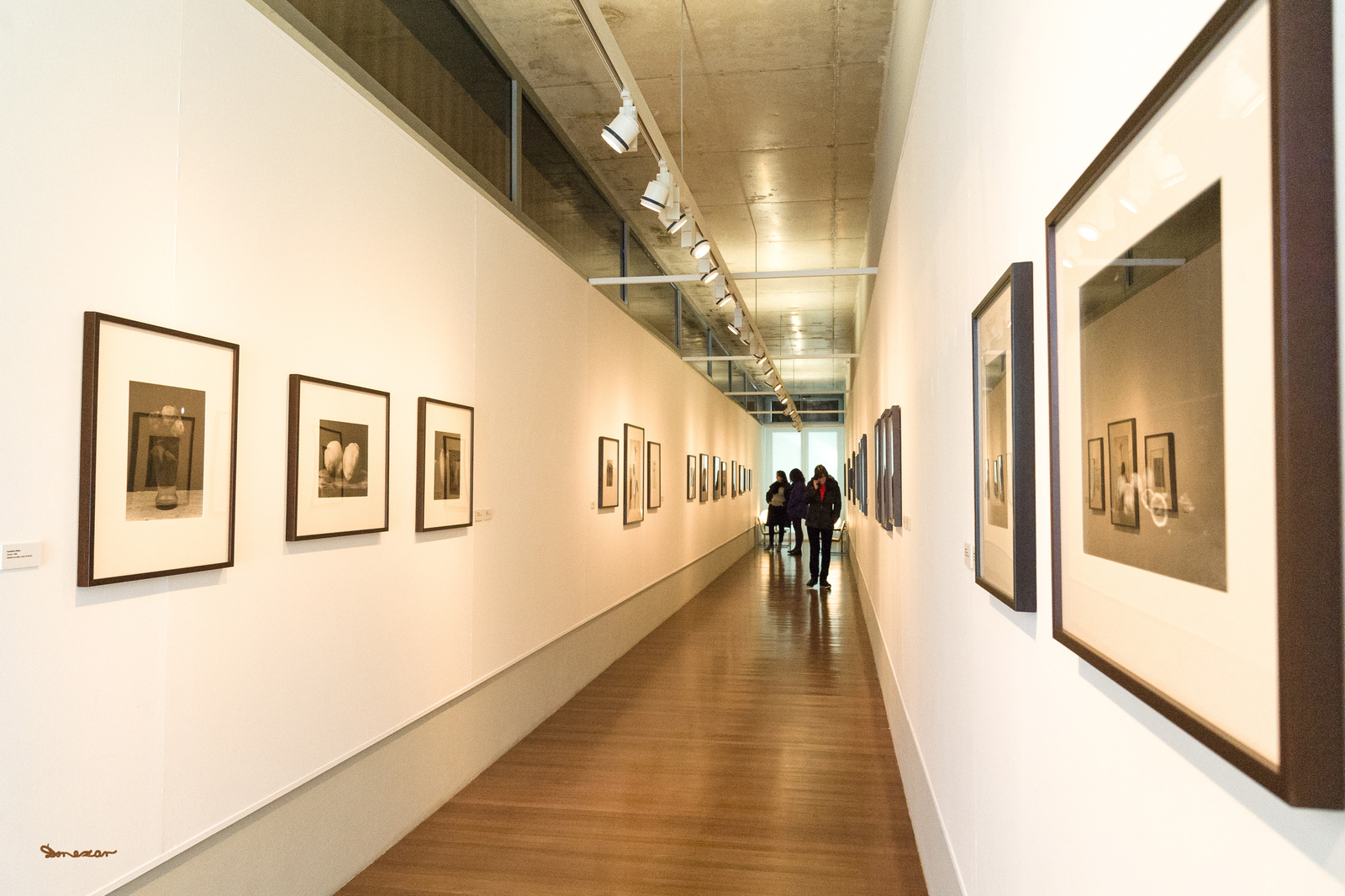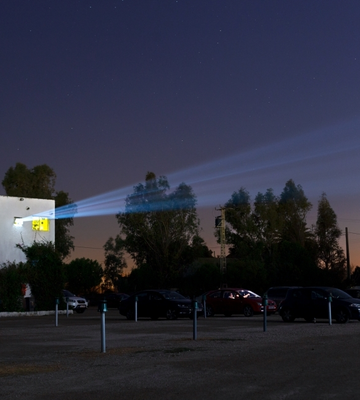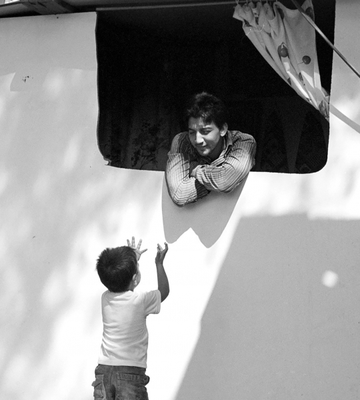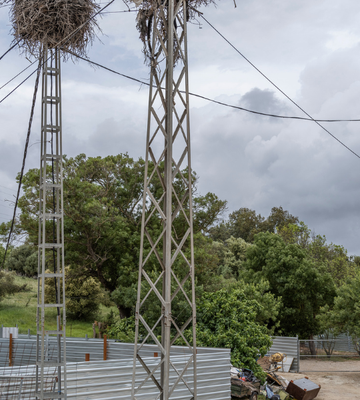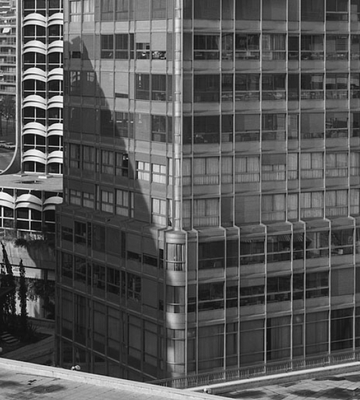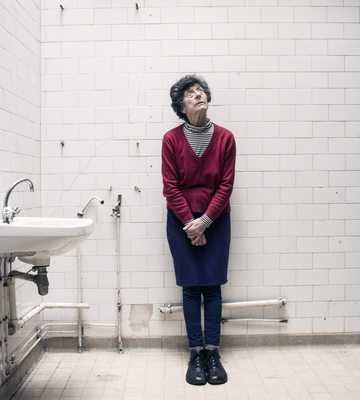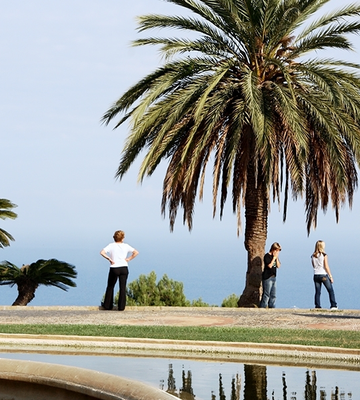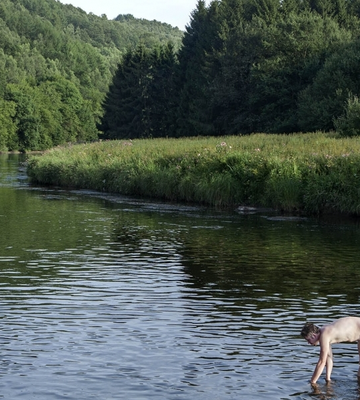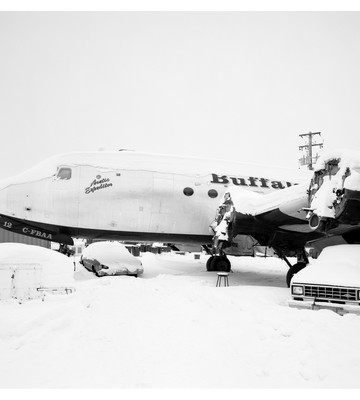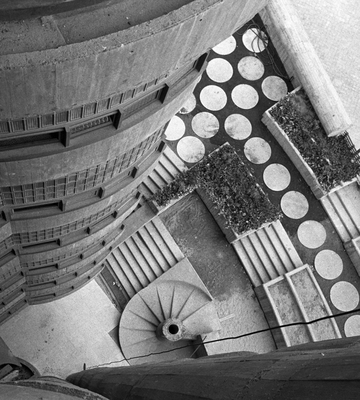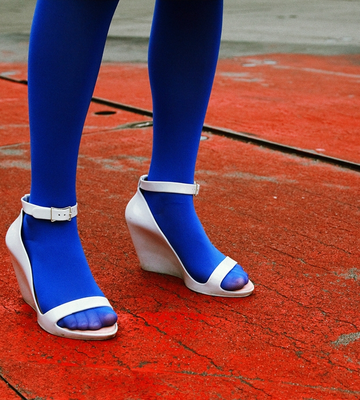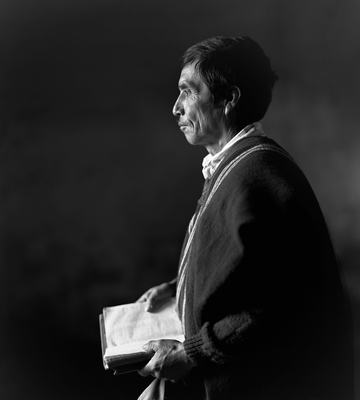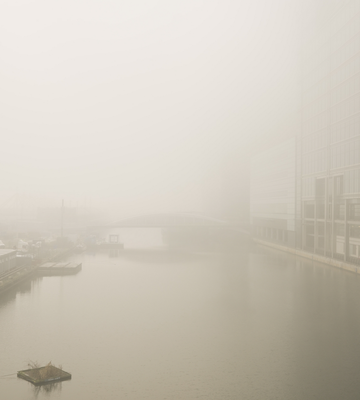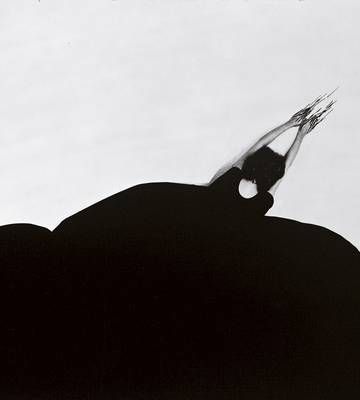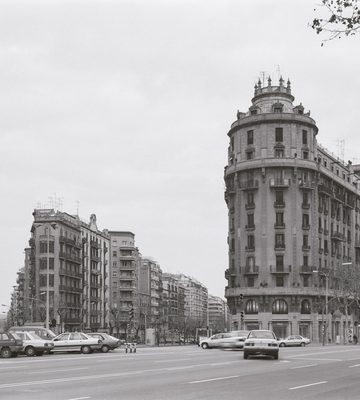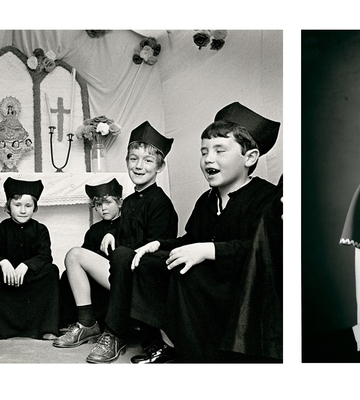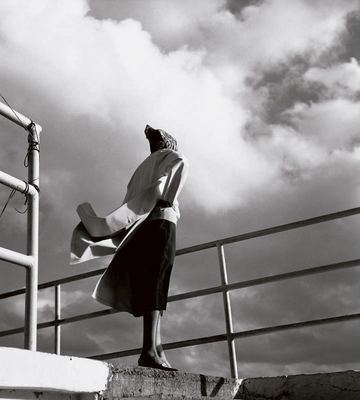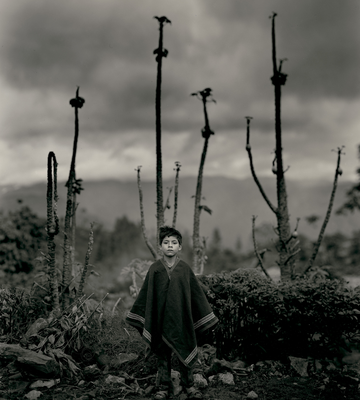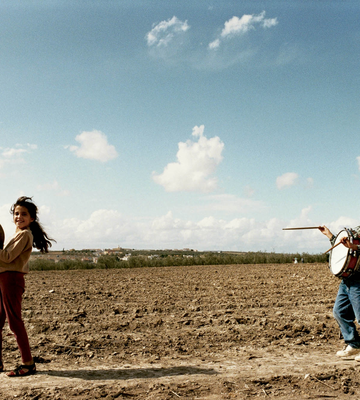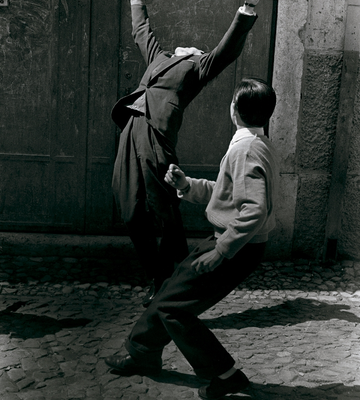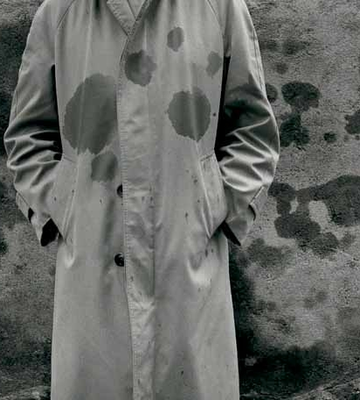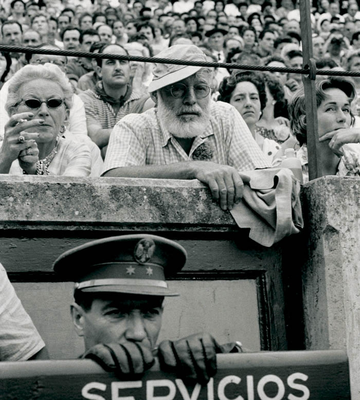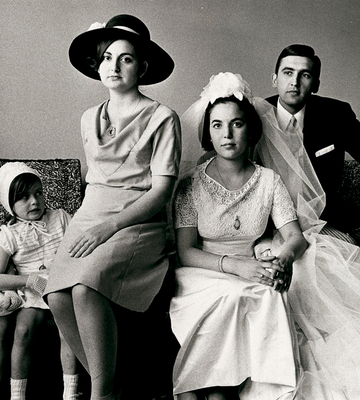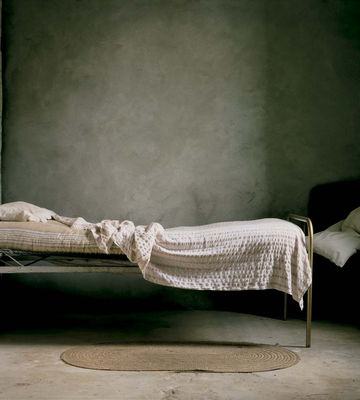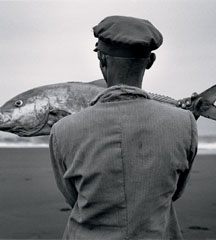The 32nd edition of the Maridajes cycle features the exhibition Week-End, a project by the Valencian photographer Gala Font de Mora.
Gala Font de Mora (Valencia, 1989) combines her professional work in photography and video with a highly sensitive personal artistic practice with a strong documentary character. Her project Week-End, developed from 2019 onwards, has been recognized by international media such as The Guardian and The Washington Post, and awarded by LensCulture in the Street Photography Awards.
Week-End explores five of the six drive-in cinemas that still remain active in Spain. Through a cinematographic aesthetic, the project seeks to make these almost forgotten spaces visible, places unknown to most people, whose memory is usually associated with films from other times and with American culture. Far from being a simple documentary record, the series proposes an evocative gaze at these settings that are on the verge of disappearing.
The author portrays the corners of the drive-ins, the diversity of their spectators and the singular atmosphere of these venues, often located in coastal landscapes where vegetation grows freely. Font de Mora underlines the relationship between the spectator and the screen, capturing the expressions and gestures of the audience inside the cars, in that intimate microcosm that is formed during the screening. Week-End also speaks of suspended time, of the collective ritual of watching films from the car and of the peculiar coexistence between the public and the private in these spaces.
From November 15, 2025 to May 15, 2026.
© Gala Font de Mora


